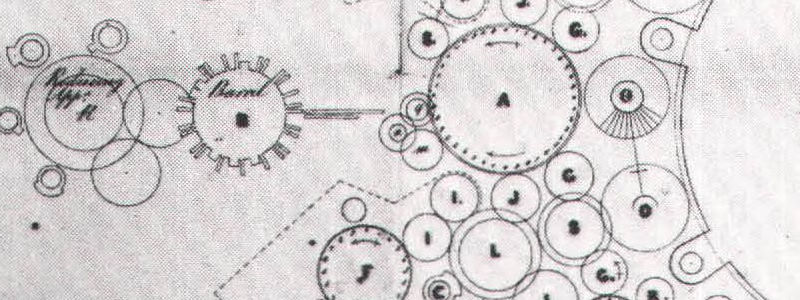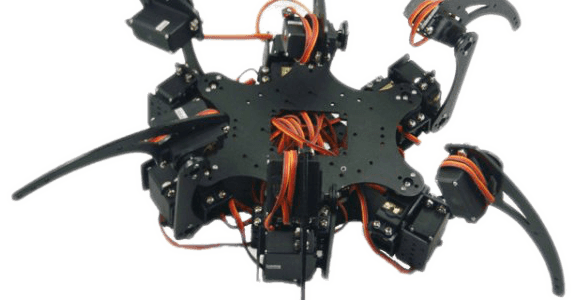What is NARS?
Written by Pavol Durisek- Details
-
Category: Uncategorised
-
Published: 08 October 2013
-
Hits: 14656
NARS (Non-Axiomatic Reasoning System) is a project aimed at the building of a general-purpose intelligent system, or a "thinking machine" that follows the same principles as the human mind, able to solve problems in various domains. It is originated and has been developed by Dr. Pei Wang for more than three decades.
The design of NARS is based on the belief that the essence of intelligence is the principle of adapting to the environment while working with insufficient knowledge and resources. Therefore, an intelligent system should rely on finite processing capacity, work in real time, open to unexpected tasks, and learn from experience. This belief is consistent with the existing knowledge of intelligence, and it gives the field of Artificial (General) Intelligence a proper identity.
In its design, NARS takes a unified approach, that is, the system depends on a single major technique to carry out various cognitive functions and to solve various problems. This approach has the advantage of simplicity and consistency. The system can use other techniques as plug-in tools to improve its performance when carrying out special tasks.
These ideas are supported also by other scientist working in different field but trying to achieve the same goal – to understand the essence of intelligence. Most notably are the ideas of neurobiologist Dr. Dale Purves.
E.g., the simplicity and consistency of using one basic principle:
"Although the human brain is enormously complex, the evidence based on what we see and why implies that the brain and the rest of our nervous systems are doing just one basic thing: linking sensory information (perceptions or the unconscious equivalent) to successful behavior by means of synaptic connectivity that has been entirely determined by trial and error. The reason for this blunt assertion is that the inverse problem in vision and other sensory modalities doesn’t allow much choice."
Dale Purves, Brains - How they seem to work
, or another aspect, which were already mentioned earlier, the system doesn't try to build nor hold a model of a “real world”, but models its own experience and adapts it to its own need. Although there is a correspondence between these two, there is no simple (or any) transformation between them.
Similarly, Dr. Dale Purves developed a hypothesis that percepts are generated by a neural strategy, that represents the empirical significance of sensory stimuli rather than their physical features.
"For most people using Bayesian decision theory, the visual system is taken to compute statistical inferences about possible physical states of the world based on prior knowledge acquired through experience with image features. The evidence in the preceding chapters, however, argues that the accumulated knowledge stored in brain circuitry is based on feedback from behavioral success, not image features. As a result, what we see is not the state of the world that most likely produced the image."
Dale Purves, Brains - How they seem to work




